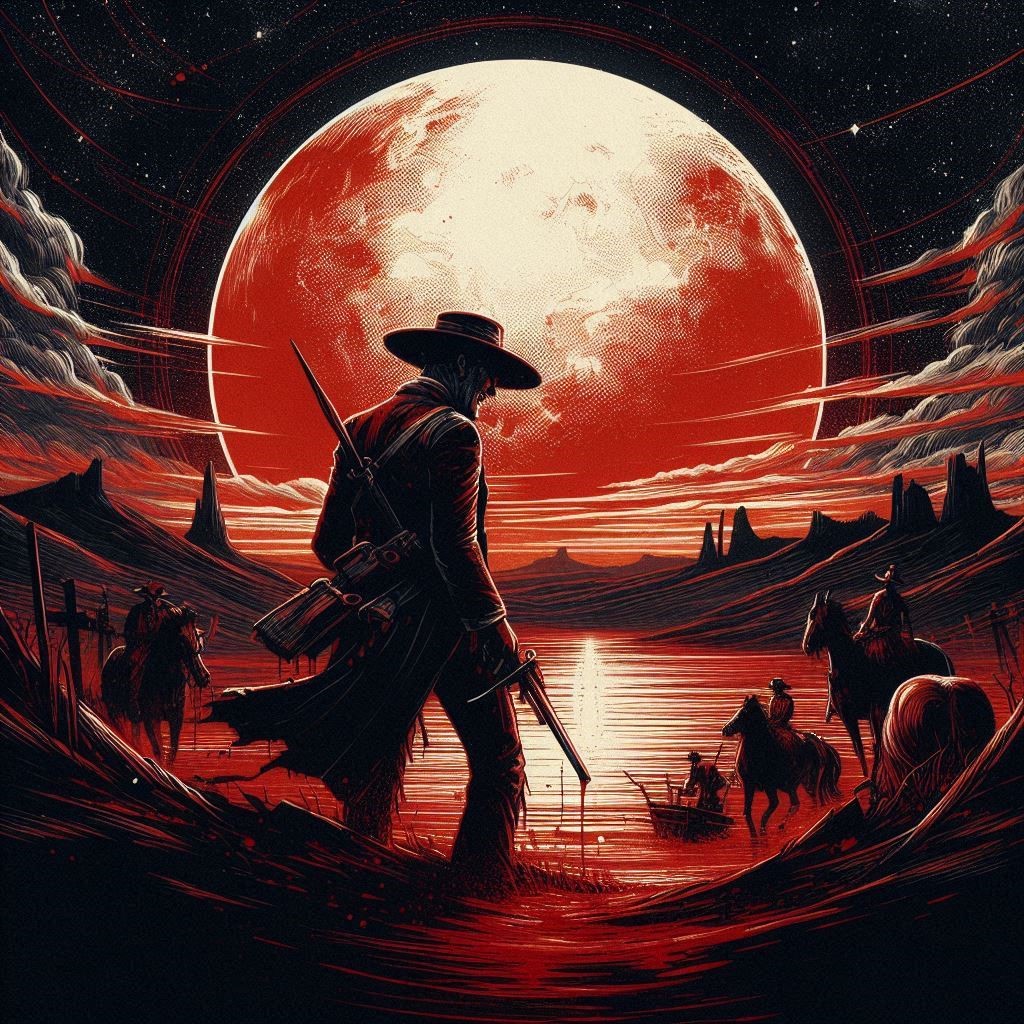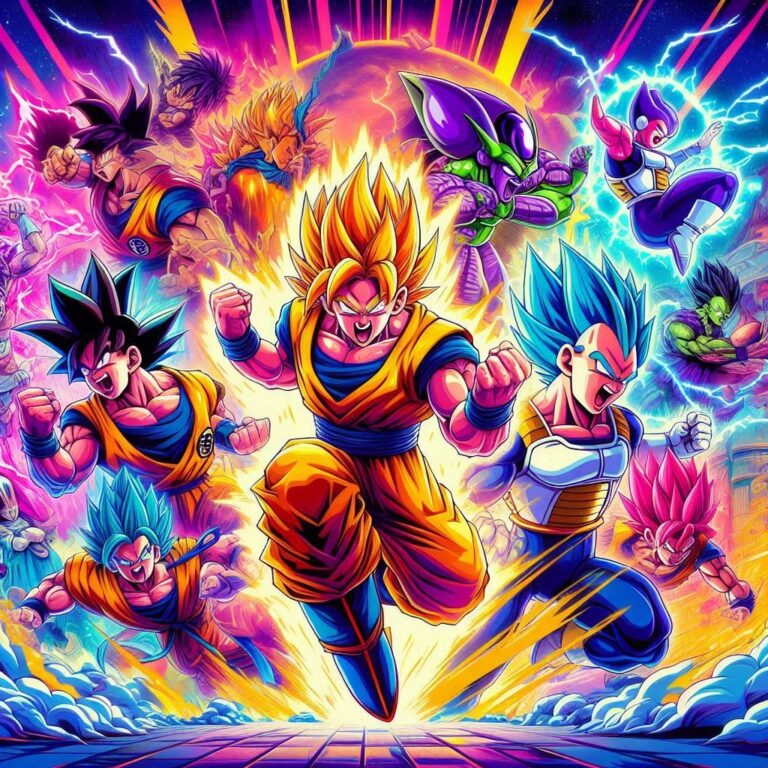Blood Meridian Or The Evening Redness In The West: Exploring
Introduction
Blood Meridian or the Evening Redness in the West stands as one of Cormac McCarthy’s most haunting works. This novel is not just a story; it’s an exploration into the darkest corners of human existence. Set against the brutal backdrop of 19th-century America, it delves deep into themes that resonate across time and culture.
Readers are invited to navigate through landscapes filled with violence, survival struggles, moral complexities, and the raw beauty of nature itself. As we unravel these intricate layers, McCarthy’s unique prose immerses us in a world where every word carries weight and significance. Let’s dive deeper into this literary masterpiece and uncover what makes Blood Meridian such a timeless exploration of humanity’s most profound themes.
The Theme of Violence and Brutality
Violence permeates the narrative of Blood Meridian or the Evening Redness in the West. It is not merely a backdrop; it shapes characters and drives the plot. McCarthy illustrates a world where brutality reigns supreme, reflecting both human nature and historical reality.
The acts of violence are graphic and unflinching, forcing readers to confront unsettling truths about existence. This raw depiction serves to emphasize the desolation that pervades this unforgiving landscape.
Characters like Judge Holden embody an almost philosophical approach to violence, viewing it as an essential part of life rather than something inherently evil.
This theme raises questions about morality and humanity’s darker impulses, creating a haunting resonance long after reading. In this ruthless environment, survival often relies on embracing brutality—a stark reflection on what it means to exist in such chaos.
The Theme of Survival and Western Mythology
Survival in “Blood Meridian or the Evening Redness in the West” is a relentless pursuit, often overshadowed by harsh realities. The characters navigate a brutal landscape where life hangs by a thread. Their existence reflects not just personal struggles but also echoes Western mythology.
This mythos glorifies rugged individualism and heroic conquests. Yet McCarthy strips away this glamor to reveal survival’s grim face. The journey isn’t about triumph; it’s about endurance against insurmountable odds.
As the gang traverses desolate terrains, they confront both nature’s ferocity and their inner demons. Each encounter tests their limits and reshapes their identities, blending folklore with stark realism. Here, myths become cautionary tales of what it means to survive at any cost.
The essence of survival intertwines with the very heart of Western identity—often romanticized but rarely understood in its true complexity.
The Theme of Nature and the Environment
In “Blood Meridian or the Evening Redness in the West,” nature is a powerful, often ruthless force. The landscape shapes the characters and their brutal journey through it.
Desert expanses stretch endlessly, reflecting both beauty and desolation. McCarthy portrays this harsh environment as indifferent to human suffering.
The natural world acts almost as a character itself—vast, unforgiving, yet breathtakingly alive. Readers witness how violence intertwines with the land; every act of brutality leaves an imprint on its surface.
Furthermore, the interplay between mankind and nature raises questions about survival. The scorched earth becomes a backdrop for existential struggles where humanity grapples with its place amid such overwhelming majesty.
Through vivid imagery and stark contrasts, McCarthy invites readers to reflect on humanity’s relationship with nature—a dance of destruction that mirrors our own internal conflicts.
The Theme of Identity and Moral Ambiguity
The theme of identity in “Blood Meridian or the Evening Redness in the West” is complex and layered. The protagonist, known simply as “the Kid,” embodies a restless quest for self amidst chaos. His journey reflects not only his search for belonging but also an exploration of what it means to be human.
Moral ambiguity permeates every interaction. Characters often oscillate between villainy and vulnerability, challenging readers’ perceptions. Violence becomes a lens through which we view their choices, leaving us questioning if any one character can truly be defined as good or evil.
McCarthy masterfully blurs these lines, suggesting that identity isn’t static; it evolves with experience and circumstance. The harsh realities of survival force individuals into morally gray areas where right and wrong are not easily discernible.
This exploration invites deep introspection about our own identities and ethics within a world marked by brutality. What defines us when faced with moral dilemmas?
How McCarthy Uses Language to Enhance Themes
Cormac McCarthy’s use of language in “Blood Meridian or the Evening Redness in the West” is a masterclass in thematic enhancement. His stark, unadorned prose mirrors the brutal reality faced by his characters. Each word feels deliberate, creating an atmosphere thick with tension.
The imagery he crafts evokes visceral reactions. Descriptions of landscapes and violence blend together seamlessly, reflecting nature’s indifference to human suffering. This technique deepens our understanding of survival against overwhelming odds.
Dialogue also plays a crucial role. Characters speak in clipped phrases that reveal their moral ambiguity and internal struggles. The sparse exchanges highlight their isolation amidst chaos, enhancing themes of identity.
McCarthy’s rhythm varies throughout the narrative, shifting from lyrical passages to abrupt jarring sentences. This ebb and flow captures the unpredictability of life on the frontier, immersing readers fully into its harsh realities while forcing them to confront unsettling truths about humanity itself.
Conclusion: The Timelessness of Blood Meridian’s Themes
Blood Meridian or the Evening Redness in the West offers a profound exploration of themes that resonate across time. The brutal landscape of human experience is depicted through violence and survival, challenging our perceptions of morality and identity. Cormac McCarthy’s language enhances these themes, creating vivid imagery that stays with readers long after they’ve turned the last page.
The novel’s portrayal of nature intertwines with human brutality, highlighting an indifferent world where beauty coexists with savagery. As we navigate these complex narratives, we find ourselves reflecting on our own moral compass and understanding of existence.
McCarthy’s masterful storytelling ensures that Blood Meridian remains relevant today. Its examination of humanity’s darker aspects invites ongoing discussion about ethics and society’s foundation. Readers continue to delve into its pages for insights into not just their world but also themselves.
As decades pass, the themes woven throughout this literary work maintain their grip on contemporary audiences. This timeless quality speaks volumes about both McCarthy’s craft and humanity itself—flawed yet enduring in its quest to understand life’s essence amidst chaos and conflict.







